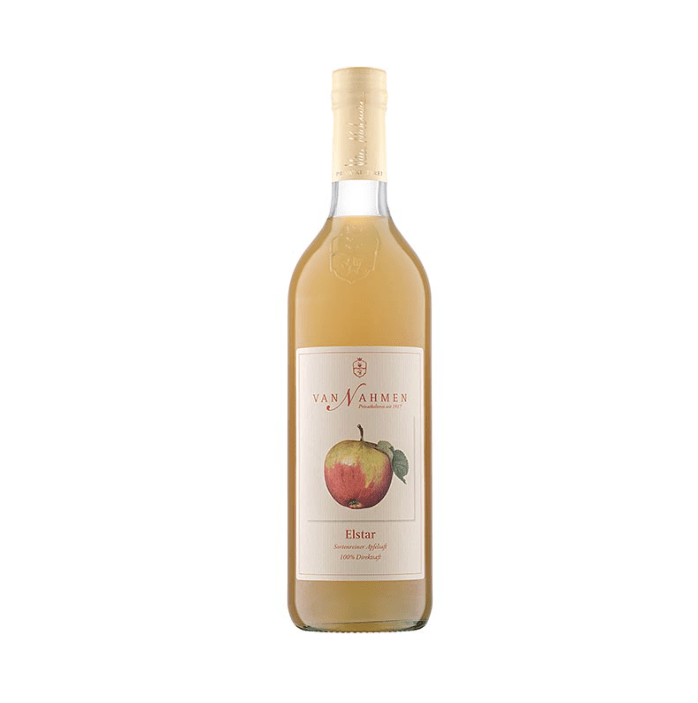The Côte des Bar, which forms the southern part of Champagne on the way to Chablis, has long been considered the stepchild of Champagne. The Drappier house was one of the most important representatives of a high-quality Champagne during this time, which was otherwise rarely found there, as most grapes were primarily delivered to cooperatives. This has long since changed, and the region is now one of the most dynamic in the appellation with many small producers, often working organically and biodynamically. The Drappier estate has also gradually switched to organic and partially biodynamic cultivation. The family is also committed to preserving rare grape varieties such as Arbanne, Petit Meslier, Fromenteau, and Blanc Vrai. Voltis, the new, eighth, fungus-resistant grape variety of Champagne, is also being intensively tested. Drappier is a flagship of the Côte, consistently setting its sails towards climate-neutral, future-oriented viticulture.
The family estate traces back to François Drappier, who planted the first vineyard in 1808 in Urville on the Côte des Bar. Viticulture itself is around 2,000 years old and originated when a Gallo-Roman villa was built on a slope near the present-day estate and planted with grapevines. This led to the establishment of Urville in the Middle Ages. The current vineyards date back to the year 1116, when Saint Bernard from the Abbey of Cîteaux (near the famous Clos Vougeot) came to Urville.
He brought the Morillon Noir, the precursor of Pinot, from Burgundy and had several wine cellars built, including one in Urville in 1152, which belonged to the Grangie Bavin-Sainte Eulalie estate. These lands belonged to the abbey he founded in Clairvaux, which would become one of the most significant monasteries of the Middle Ages and is only 13 kilometers from Urville.
The Vins de Bar enjoyed high prestige among the Counts of Champagne and in Paris. After the French Revolution, Napoleon transformed the Abbey of Clairvaux into a prison, while the wine cellar of Urville became part of a rectory. After World War II, it was acquired by the Drappier family. Today, it serves as a wine cellar for the estate's best wines.
In the early 1930s, Georges Collot, the maternal grandfather of Michel Drappier, was the first in the region to plant Pinot Noir again. Today, this grape variety makes up 70% of the estate's vineyard area. 1952 was another milestone when André and Micheline Drappier filled the first Cuvée Carte d’Or, which became the flagship of the house. In 1968, Drappier launched the first rosé made from pure Pinot Noir, which evolved into the Rosé de Saignée and became the model for this type of Champagne. Since 1979, Michel Drappier has been responsible for winemaking, while André Drappier – with the experience of 74 vintages – has managed the extensive vineyards with 62 hectares of his own vineyards and another 50 hectares under contract.









